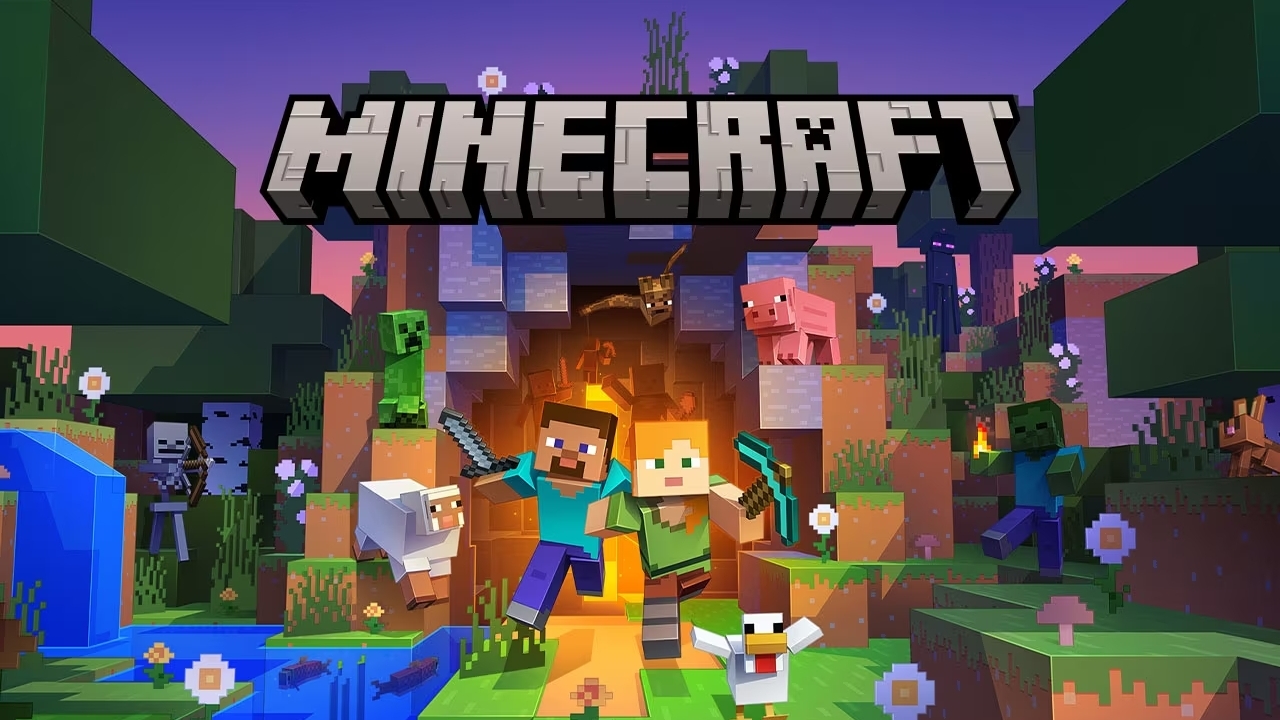In the ever-evolving world of gaming, few titles have left as lasting an impact as Minecraft. As of 2025, it holds the undisputed title of the best-selling video game of all time, surpassing legendary franchises like Grand Theft Auto and Tetris. With over 300 million copies sold globally, Minecraft’s influence stretches across generations, platforms, and cultures.
But how did a simple sandbox game become a global gaming icon? Let’s break it down.
From Indie Experiment to Global Phenomenon
Minecraft began humbly in 2009 as an indie project by Swedish developer Markus Persson, better known as “Notch.” Built around the idea of creativity and survival in a blocky 3D world, the game allowed players to explore, build, and craft without limits.
Soon after, it caught fire in online communities. YouTubers, streamers, and modders contributed to its rise, helping it go viral through word of mouth. In 2011, Minecraft officially launched, and by 2014, Microsoft had acquired Mojang Studios, the game’s developer, for $2.5 billion.
Since then, Minecraft has expanded to every major gaming platform—from PC and console to mobile and even VR—making it one of the most accessible games in history.
Why Minecraft Stands Out
Unlike most games that rely on missions or high-end graphics, Minecraft thrives on player freedom and creativity. Whether you want to build a medieval castle, survive a zombie apocalypse, or recreate entire cities, Minecraft gives you the tools to make it happen.
Additionally, its unique visual style—though simple—has become instantly recognizable. More importantly, Minecraft encourages problem-solving, collaboration, and imagination, which is why it’s embraced not only by gamers but also educators around the world.
The Numbers Don’t Lie: Record-Breaking Sales
According to Mojang and Microsoft, Minecraft has officially sold over 300 million copies as of 2024, making it the top-selling game ever. This figure includes sales on platforms such as PC, Xbox, PlayStation, Nintendo Switch, and mobile devices.
What’s even more impressive is that the game continues to attract new players every year. With frequent updates, cross-platform multiplayer, and an active modding community, Minecraft remains relevant and fresh despite being over a decade old.
A Cultural and Educational Icon
Beyond sales, Minecraft’s legacy extends into culture and education. The game is used in classrooms to teach coding, architecture, history, and environmental science. Meanwhile, its massive online communities and content creators generate millions of views and revenue through platforms like YouTube and Twitch.
Minecraft has also inspired spin-offs like Minecraft Dungeons, novels, merchandise, and even an upcoming movie. Clearly, its reach goes far beyond gaming.
Conclusion: Minecraft’s Legacy is Still Growing
Minecraft didn’t just break sales records—it redefined what a video game can be. Through its endless creative possibilities, player-driven innovation, and cross-generational appeal, it has cemented its status as the best-selling and most beloved game in history.
